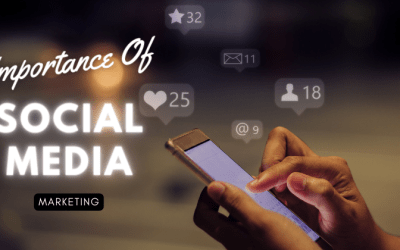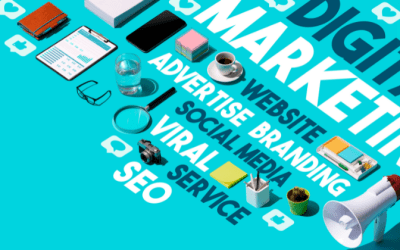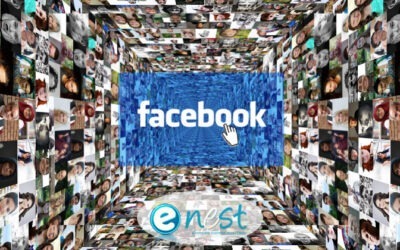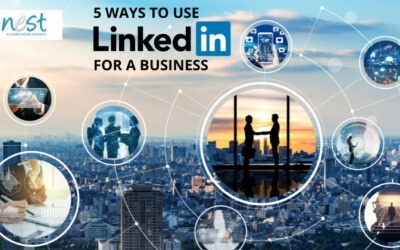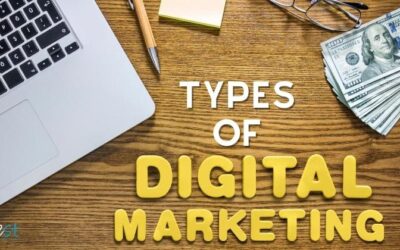The Top 10 Digital Marketing Trends to Expect in 2024
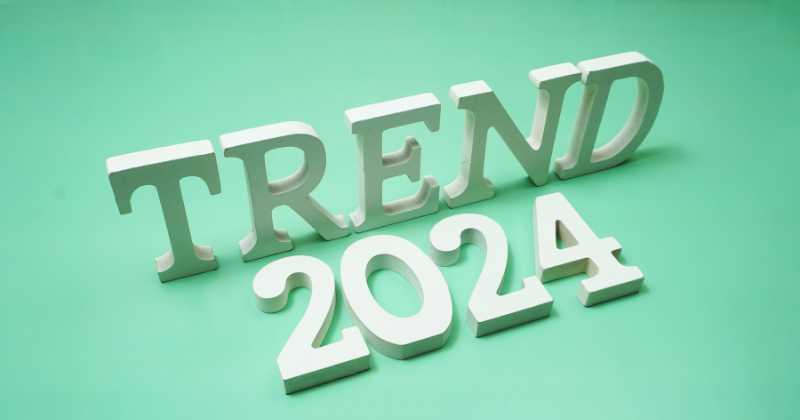
As digital technology evolves, so does the landscape of digital marketing. Innovation continues to pave the way for new strategies and trends that businesses need to keep up with to stay competitive. Here, we’ll explore the top ten digital marketing trends to expect in 2024, highlighting successful case studies and discussing how these trends can be applied across various industries.
1. Artificial Intelligence (AI)
AI remains at the forefront of digital marketing trends. A case in point is Netflix, which uses AI to personalize content recommendations. This use of AI has led to higher user engagement and customer retention. Businesses, regardless of their size, can harness AI for personalized marketing, improved customer service, and streamlined operations.
2. Voice Search
With the rise of smart speakers and voice assistants, optimizing for voice search is crucial. Domino’s Pizza has capitalized on this trend by enabling customers to order pizzas via voice command. Small and medium enterprises (SMEs) can also utilize voice search optimization to enhance local SEO efforts and improve customer experience.
3. Video Marketing
Video marketing continues to dominate with its ability to engage audiences and enhance brand storytelling. A case study here is Blendtec’s “Will it Blend?” campaign. Their entertaining videos went viral, significantly boosting brand awareness. Businesses can leverage video marketing to provide value, entertain, or educate their audience, thus strengthening their brand image.
4. Social Media Shopping
Social media platforms have transformed into viable eCommerce spaces. Instagram, for example, launched ‘Shopping from Creators,’ which allows influencers to tag products in their posts. This feature has enabled brands like Fashion Nova to drive sales directly from their posts. Businesses of all sizes can use social media shopping features to reduce friction in the buying process and directly engage with customers.
5. Chatbots
Chatbots are becoming more sophisticated, offering real-time assistance akin to human customer service. Amtrak’s AI-powered chatbot, ‘Julie,’ handles customer queries efficiently, saving the company $1 million in customer service expenses annually. SMEs can use chatbots to automate customer service and sales processes, saving time and resources.
6. Personalization
Personalization is no longer a nice-to-have—it’s a necessity. Cadbury’s personalized video campaign that incorporated user data from Facebook saw a 65% click-through rate and a 33.6% conversion rate. Businesses can use personalization tactics to boost customer engagement and conversion rates.
7. Influencer Marketing
Influencer marketing continues to be a powerful tool. Daniel Wellington, a Swedish watch brand, attributes much of its success to influencer marketing, reaching a global audience with influencer endorsements. Businesses, especially those in the lifestyle sector, can leverage influencer marketing to reach a larger audience and enhance brand credibility.
8. Augmented Reality (AR)
AR provides an interactive and immersive experience for customers. IKEA’s AR app, ‘IKEA Place,’ allows users to visualize how furniture would look in their homes. This innovative approach enhances the customer shopping experience. Companies can use AR to provide immersive experiences, making the shopping process more engaging and personalized.
9. User-Generated Content (UGC)
UGC is a cost-effective way to foster trust and engagement. GoPro’s strategy of showcasing customer-created content has been a significant factor in their success. Businesses can encourage UGC to create authentic content that resonates with their audience, enhancing brand trust and engagement.
10. Data-Driven Marketing
Data-driven marketing enables businesses to understand their customers better and make informed decisions. Amazon’s success is largely due to their data-driven approach, using customer data to personalize recommendations and enhance the customer experience. Companies of all sizes can utilize data-driven
marketing to tailor their marketing strategies, improving customer satisfaction and ROI.
In summary, the digital marketing trends for 2024 revolve around personalization, interactive content, and intelligent automation. These trends offer businesses the opportunity to engage with customers in more meaningful and efficient ways. Businesses, regardless of their size or industry, can adopt and adapt these trends to improve their digital marketing strategies, leading to increased customer engagement, brand recognition, and ultimately, business growth.
Whether it’s through the use of AI for personalized marketing, the optimization for voice search, or the implementation of AR for a more immersive shopping experience, the possibilities are endless. The success stories of Netflix, Domino’s Pizza, Blendtec, Fashion Nova, Amtrak, Cadbury, Daniel Wellington, IKEA, GoPro, and Amazon are testaments to the potential of these trends.
In an ever-changing digital landscape, staying ahead of these trends and understanding how to use them to your advantage is essential. As we move forward, these digital marketing trends will continue to evolve, offering new ways for businesses to connect with customers and stand out in the crowded digital marketplace. So, keep an eye on these trends, experiment, and see what works best for your business.
